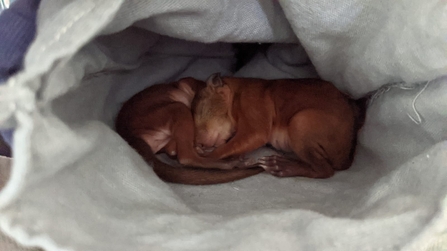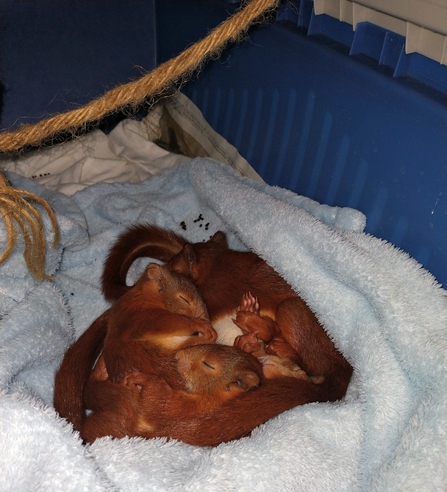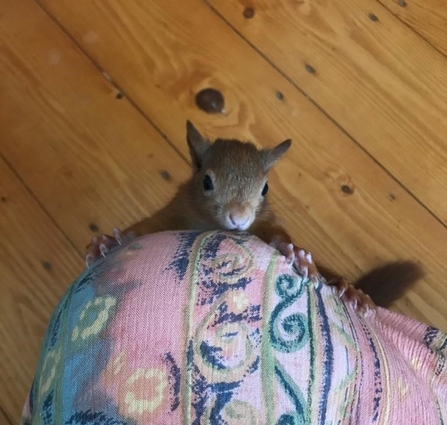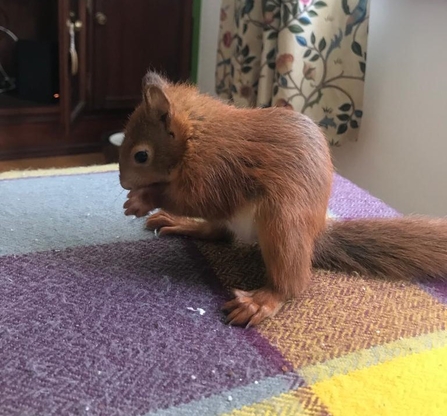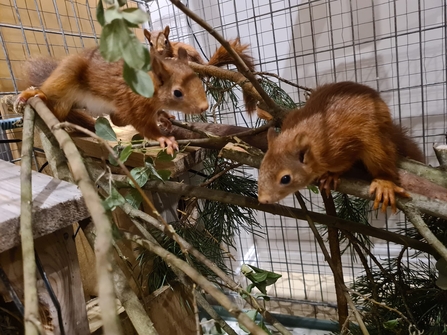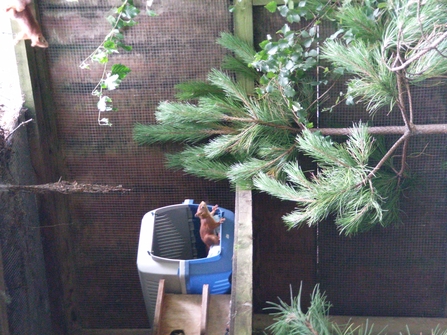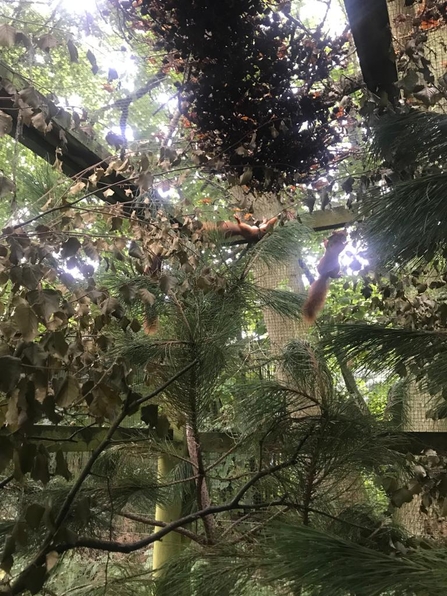With their tufted ears and bright, russet fur, red squirrels are becoming a rare and unusual sight in the United Kingdom. When you consider there were once three million of these delightful critters leaping through our woodland, it really is a shame.
Since the introduction of their cousins, the grey squirrel, that came to the UK in the 19th century from North America, the number of red squirrels has decreased to an estimated 120,000 to 140,000, officially classifying them as near threatened.
The main reason for this is squirrelpox, a virus that is fatal to red squirrels, and once infected red squirrels often suffer a slow and painful death. Grey squirrels are immune to this disease, but they can be carriers and pass it on to the reds. Competition with the greys for food is also a factor in their decline, as red squirrels can only eat ripe acorns, whereas the greys can eat them when they’re still green.
Fortunately, the UK still has red squirrel strongholds in some parts, and Lancashire Wildlife Trust does everything they can to conserve these lovely creatures. So they were happy to help when three baby female reds and their brother were found in a tractor shed in Ainsdale.


